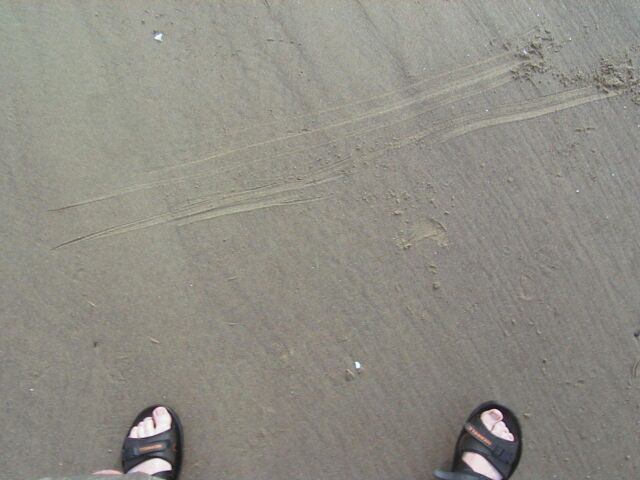Canada Goose
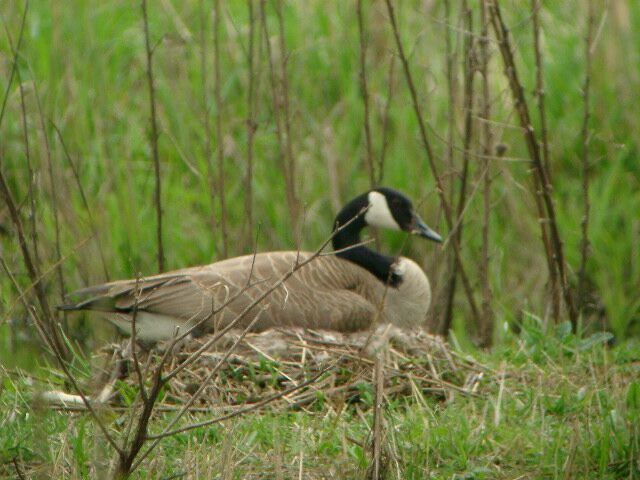
Brown pelicans are also coastal birds while the white pelican can be found a few select locations. These large birds leave a very distinctive track that can't be confused with the others since they have four toes connected by webbing. This form is called totipalmate.
These are typical examples of single tracks. The webbing often does not show clearly.
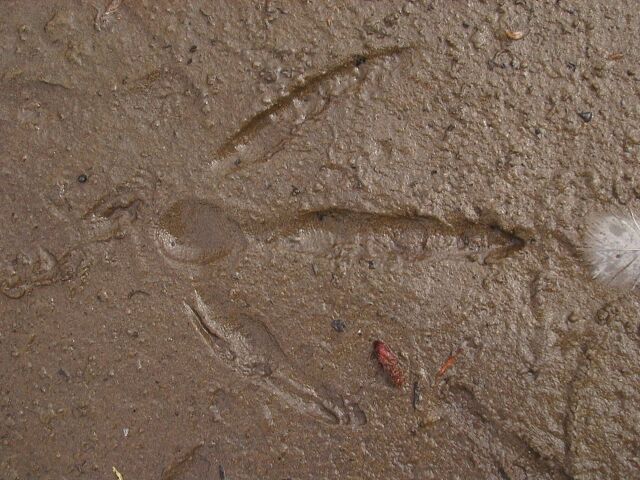
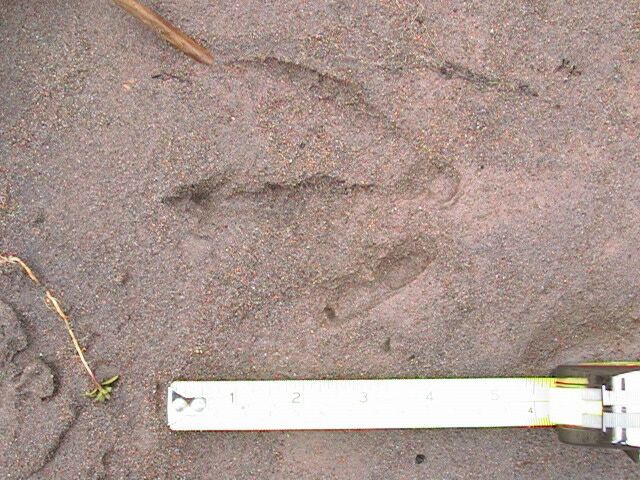
An example of the pigeon-toed stride.
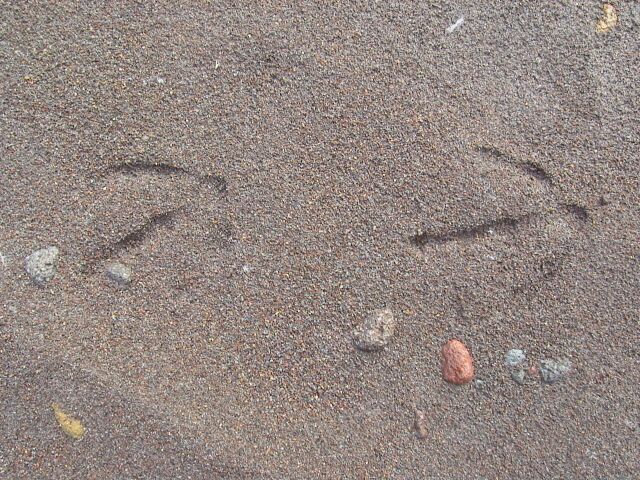
A small flock of geese fed on grass and other plants in this area.

Tracks in snow are still distinctive though not as easily identified.
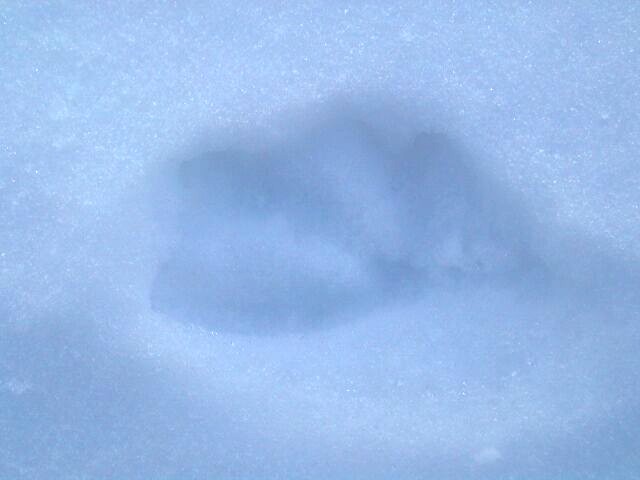
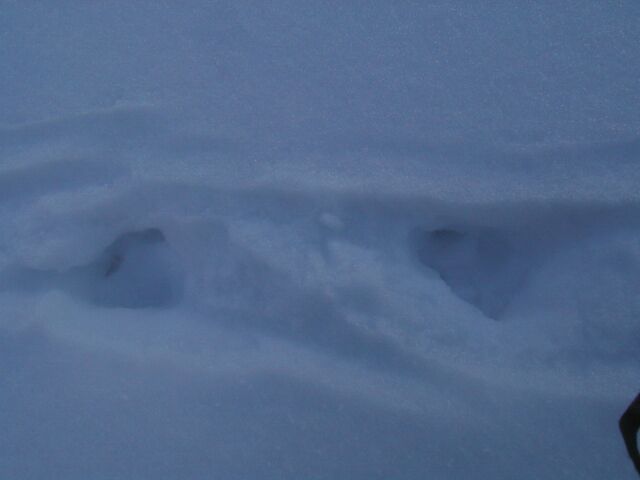
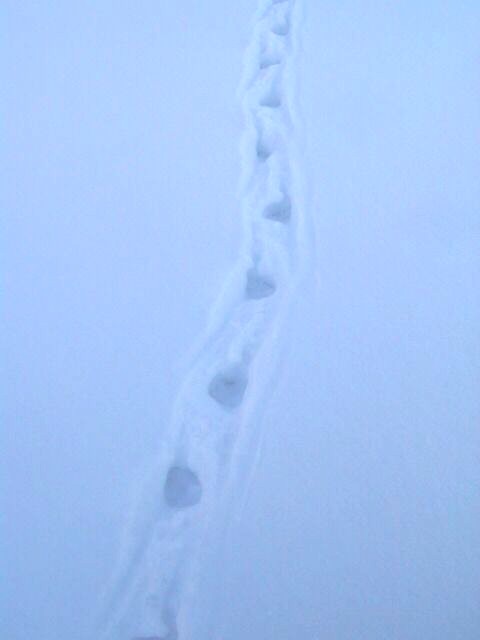
Ducks
The common merganser has a track similar to the Canada goose in most respects except
for size.
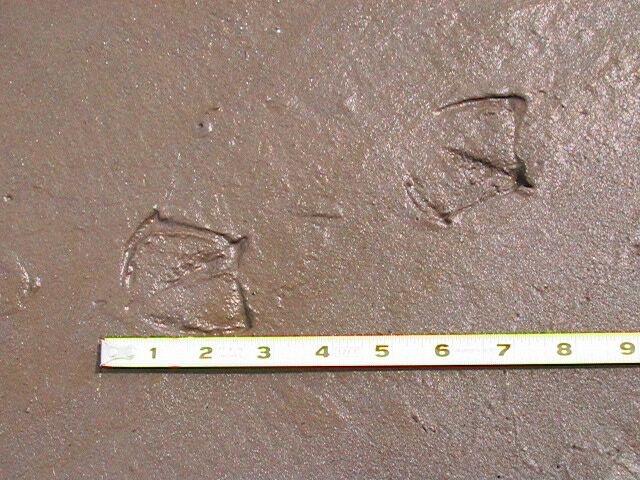
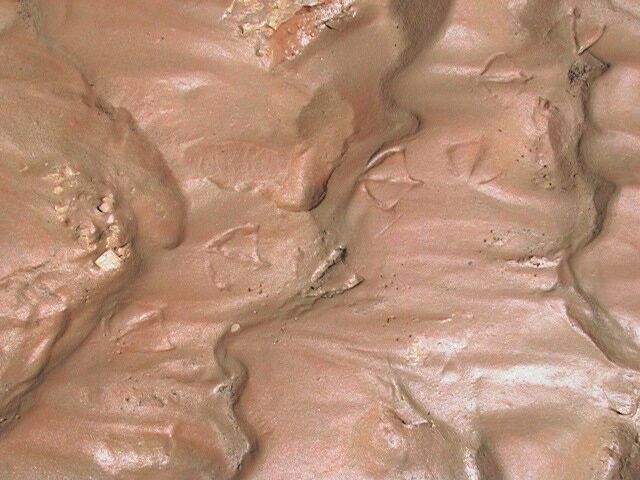
I have not seen much information to help distinguish among species of duck except the wood duck which has rather long claws on the toes. The mallard and merganser are fairly large compared to teal.
Gulls
The most common gull on the Oregon coast is a Western-Glaucous Winged hybrid.
The track appears to differ a bit from the duck.
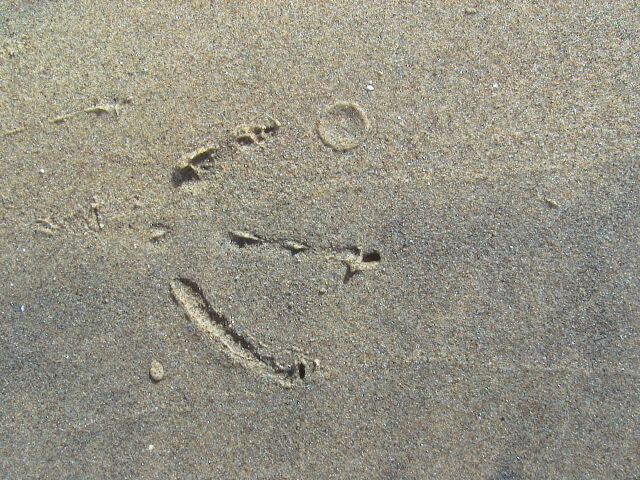

The stride appears to be less pigeon-toed than ducks.
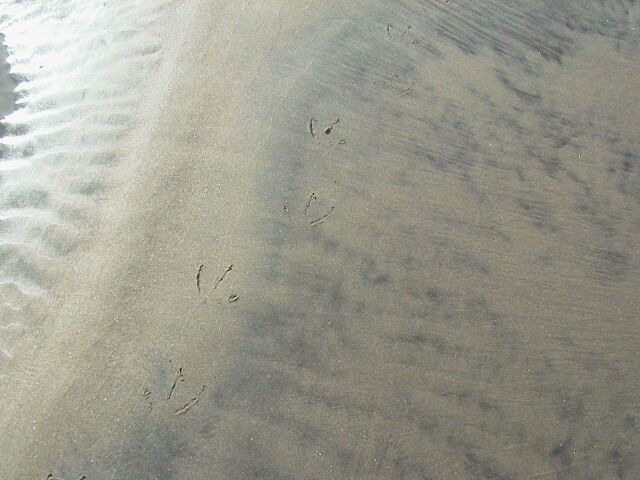
This gull walked a few steps and then abruptly turned and ran until it was airborne.

Brown Pelican
Pelicans have four toes connected with webbing, unlike the other web foots.
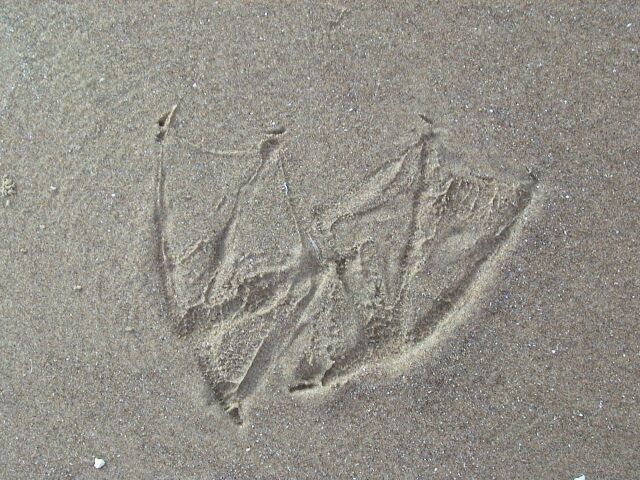
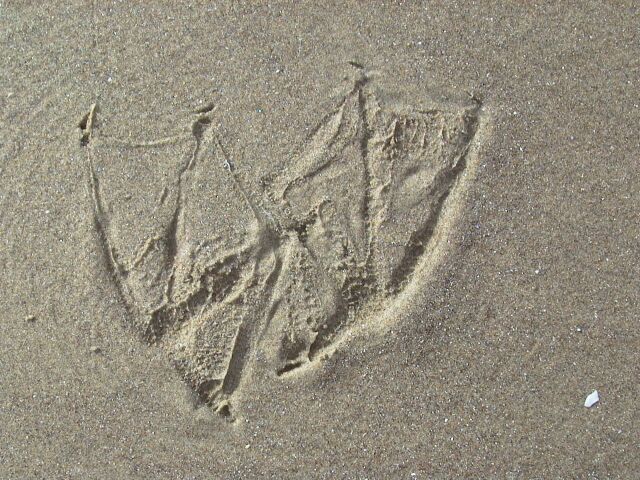

This pelican stood waiting for the tide to change. Then it spread its wings and hopped as it tried to get airborne.
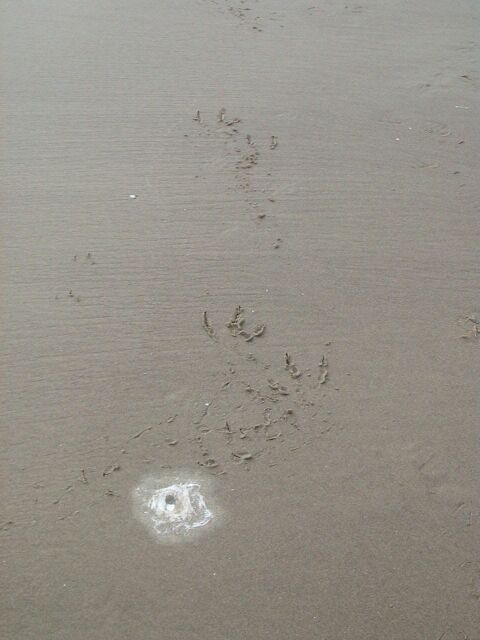
This pelican landed with its feet forward, skidding to a stop.
